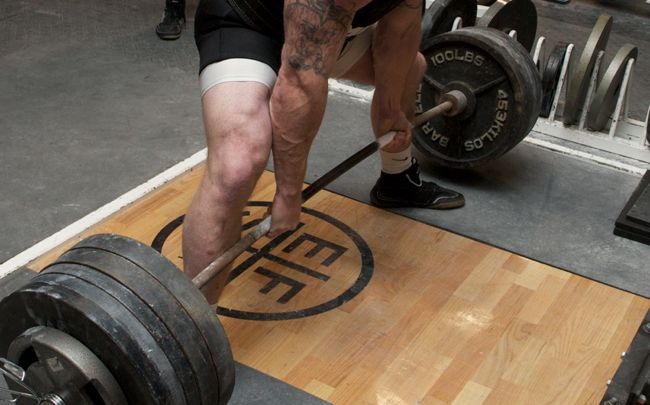
Wrestling blends some unique demands with regards to strength development. The development of power, maximal strength, strength endurance, grip strength, and of course injury prevention measures for common injuries seen in the sport are essential for success. In this article, I will provide an overview of each of these five components as well as a practical training application for developing each one.
- The first strength training consideration for wrestling is the development of power. It is certainly useful to be powerful when you’re attempting to use your hips explosively to complete a throw in a match. Power is simply an expression of work divided by time. The Olympic lifts (and their variations) are a great way to develop power for the sport of wrestling. These lifts help to increase power output, timing, and coordination. Obviously, having a coach who is competent in coaching the lifts is essential to ensure proper technique and more importantly trainee safety. Other methods of developing power that will have carry over to the mat are appropriate jump progressions as well as medicine ball throws for the development of upper body explosiveness.
- The second strength training consideration for wrestling is the development of maximal strength. Maximal strength development is essentially training for the nervous system, meaning the athlete will recruit a greater number of motor units per effort and get stronger rather than increasing the muscle cross-sectional area. In addition, for wrestlers who are attempting to get stronger without adding a significant amount of body weight, this type of training is appropriate.
- The third strength training consideration for wrestling is the development of strength endurance. Strength endurance is simply the ability to express one’s strength again and again and again with little to no rest periods. Please notice I didn’t say “lift light weights for high repetitions.” You should lift heavy weights with little to no rest and then lift them again. Wrestling typically isn’t a sport that has time outs or long rest periods. Quite the contrary, the rest periods are brutally short and matches consist of repeated bouts of intense activity.
- The fourth strength training consideration for wrestling is the development of grip strength. While it is true that conventional exercises such as deadlifts and rows can work the grip to some extent, it is wise to program some direct grip work into a wrestler’s training. Thick handled implements such as Fat Gripz used on exercises such as pull-ups, rows, and presses can have tremendous carryover to the sport of wrestling simply because when you grab an opponent’s wrist, it isn’t the diameter of a traditional barbell. Other useful exercises such as farmer’s walks and towel pull-ups provide a good amount of bang for your training buck and can also be great for developing wrestling specific strength.
- The fifth and final strength training consideration for wrestling is injury prevention measures. Like any other sport, some injuries are more common to the sport of wrestling. These include injuries to the shoulder, back, neck, and knees. Programming exercises to develop the musculature around these areas will make a wrestler more resilient to injury. I typically prescribe exercises for shoulder stability and direct rotator cuff strengthening as well as a variety of exercises for the musculature of the core.
As you can see, wrestling is a sport that blends a variety of strength qualities. Develop each one of these qualities to ensure the greatest amount of success for each individual athlete.









